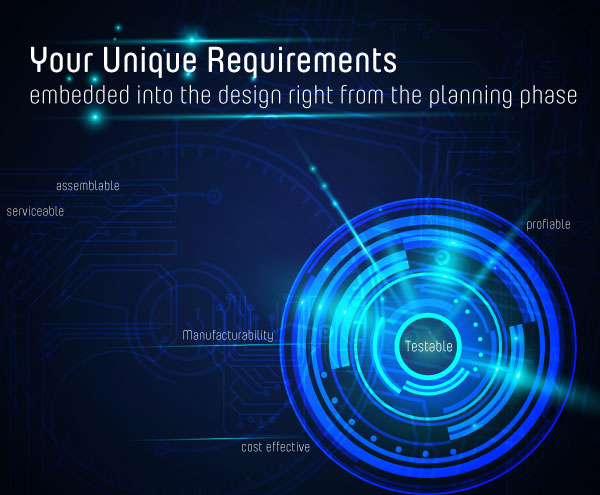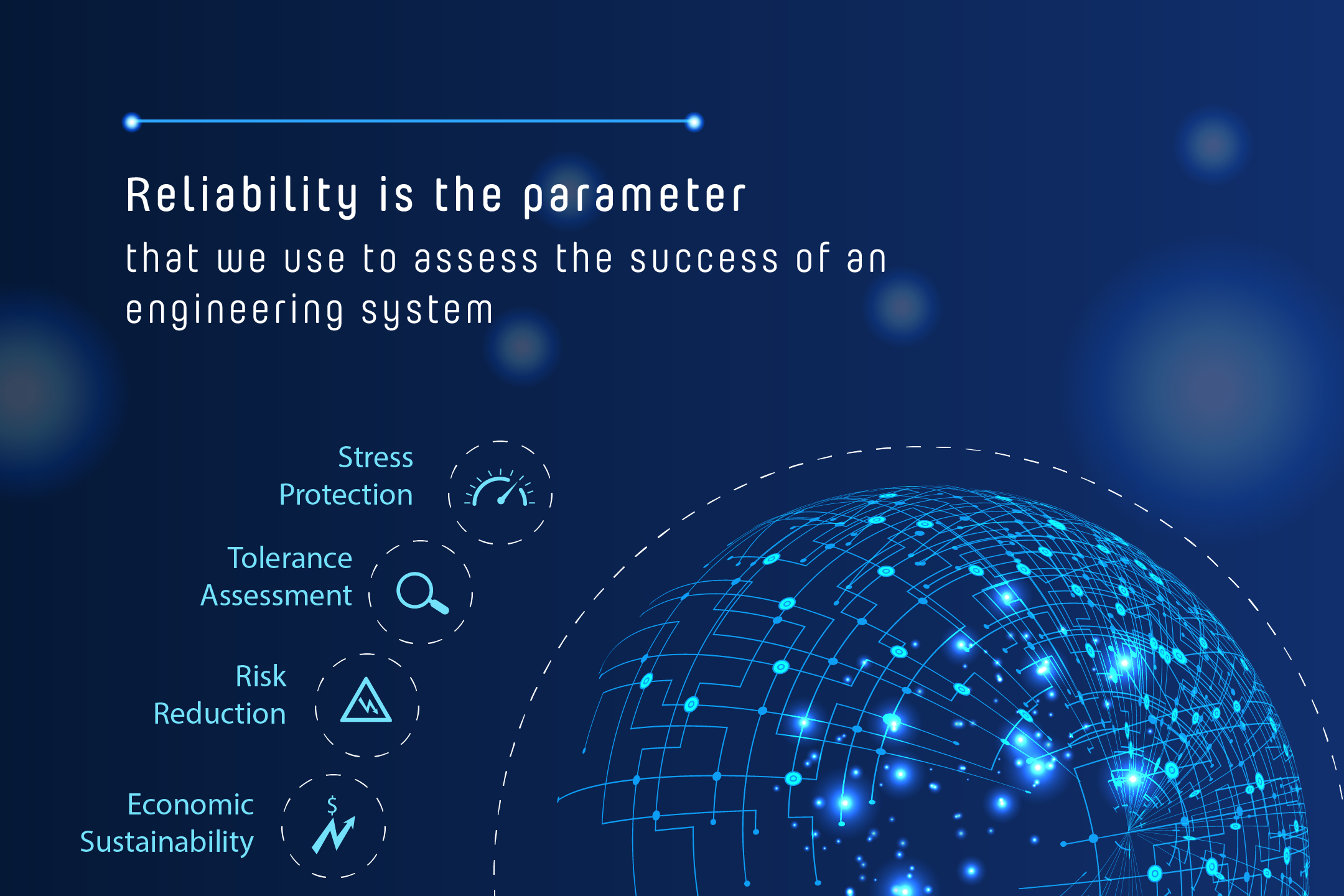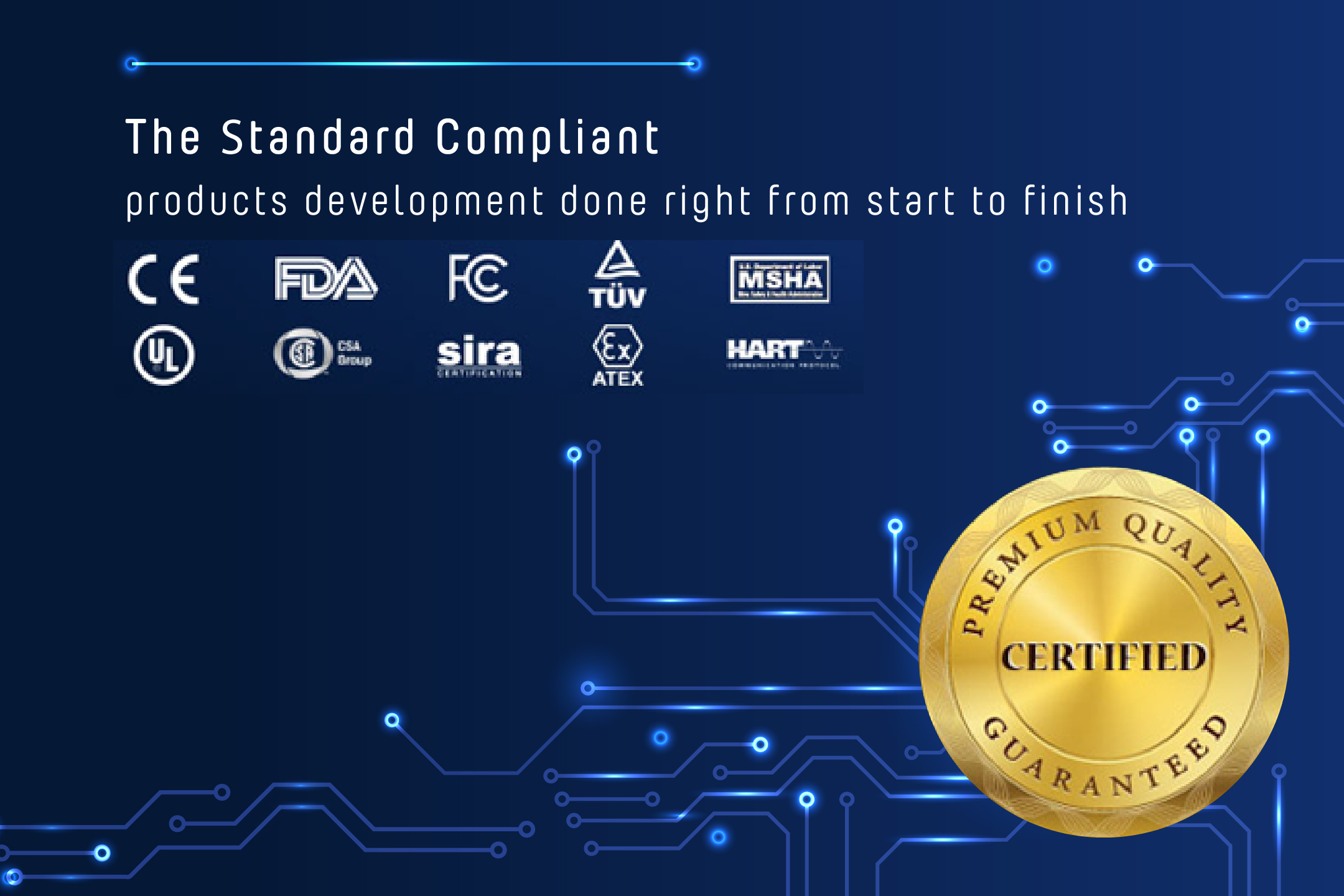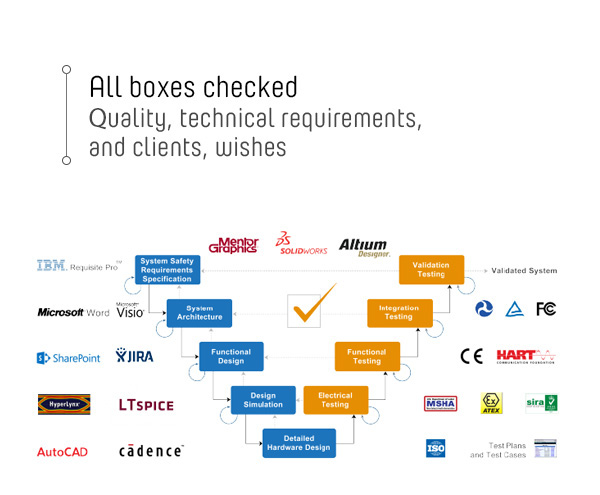Design for Excellence (DFX)
As client-specific products are Powersoft19’s hardware engineering team’s distinguishing proposition; we adopt a unique approach for each design. We embed each client’s specific requirements into the design right from the planning phase and select the design approach that best suits these requirements. You can benefit from our Design for Assembly (DFA), Design for Manufacturability (DFM), Design for Serviceability (DFS), Design for Testability (DFT) and Design for Volume (DFV) services to ensure that the final product is as close to your expectations as possible. You’ll find excellence in each of our designs regardless of the approach.
Complete DFX Involves Following Steps
- In-depth checklists
- Customized automated scripts
- Interactive reports

DFM
Design for Manufacturability (DFM) approach sets design guidelines to make the manufacturing process of the product as easy, cost and time efficient as possible. The approach extends to the entire manufacturing process, i.e. fabrication, assembly, test, etc. With DFM you can eliminate or mitigate the production problems during the design stage.
Business Value for You
- Get early, effective cross functional involvement.
- Reduce overall product development time (less changes, spins, problem solving).
- Smooth production launch.
- Optimal number of parts.
- Optimal number of process steps and employ correct, efficient steps.
- Reduce labor costs of repair and issue resolution.
- Improve overall production efficiency.
- Build right the first time guaranteeing less rework, scrap and warranty costs.
- Improve quality and reliability.
- Ensure higher customer satisfaction.
DFA
With a Design for Assembly (DFA) approach we ensure that the system design facilitates the process of system assembly. This approach focuses on designing a system that requires the minimum rotations for assembly and the minimum possibility of incorrect assembly. These systems are best for easier, quicker, and error-free parts insertion. The feature of early detection of errors makes the DFA approach valuable for time and cost saving.
DFS
When performance and serviceability of a system is of prime importance, Design for Serviceability (DFS) approach is the most suitable way to design a system. This approach emphasizes the quality and serviceability features before and during the designing and manufacturing of the product. With DFS your system will require minimum maintenance and will be easy to diagnose.
DFT
Designers adopt Design for Testability (DFT) approach to ensure that the design is stable and easy to test. This approach of designing enables speedy testing by increasing the probability of fault detection. The design is made easily testable at various stages of its operation and in various environments. Such designs assure that the systems are easy to maintain and test for users.
DFV
Designing hardware for few prototypes or low volume production is one thing but designing for high volume has its own set of unique challenges. Our Design for Volume (DFV) approach ensures that manufacturing complexity is acceptable, and the associated costs are as low as possible while maximizing the yield of the manufacturing process.
- Reliability, Availability, Maintainability, and Safety Planning (RAMS)
Reliability Engineering
Reliability is, after all, engineering in its most practical form. At Powersoft19, we view reliability as an effective parameter to assess the success of an engineering system. The integrated nature of reliability requires identifying and resolving the design weaknesses, stress protection, tolerance assessment and risk reduction. Another important aspect of reliability is the economic sustainability of the system. In order to achieve the optimum balance of quality and cost, we keep a laser-sharp focus on the costs of failure caused by the factors such as downtime, spares, repair equipment, personnel time and warranty claims. Our reliability specialist engineers instill reliability in product design with the help of design evaluation, product safety assessment, statistical tools application, modeling and reliability testing.
Reliability Engineering Capabilities
- Requirements Flow-Down
- Quality Functional Deployment (QFD)
- Failure Mode and Effects Analysis (FMEA)
- Fault Tree Analysis (FTA)
- Design of Experiments (DOE)
- Physics of Failure and Warranty Predications
- Regression and Automated Testing
- Sensitivity and Stacked Tolerance Analysis
- Mean Time Between Failure (MTBF) Analysis


Certification Oriented Development
We, at Powersoft19, specialize in the certification-oriented development of complex systems. Our lead engineers have expertise in a variety of international standards related to safety and reliability of systems. Our approach towards developing standard-compliant products is to incorporate certification process from day 1 in the product life cycle – that’s why it is termed as “Certification Oriented Development”. Meanwhile, our engineers excel in working on legacy product designs and making them compliant with the industry standards. We have experience of working with FCC, UL, TUV, DOT, DOE, FDA, .CE, MSHA, ATEX, SIRA, and HART foundation.
Certification Oriented Development Capabilities
- FCC Part 15 – Non-Intentional Radiators
- Electromagnetically Compatible Electronics (EN 61000)
- Intrinsically Safe Electronics (EN 60079)
- Functionally Safe Electronics (EN 61508)
- Design Assurance for Airborne Electronics (DO 254)
- Remote Control Locomotive Safety (49 CFR Part 229-15)
Verification and Validation
The guarantee of the best quality in each project is a promise that we make and keep with our clients. In order to be true to our word, we carry out thorough verification and validation testing during all project phases. The verification testing ensures that the project progresses according to the approved requirements. Also, all technical requirements and sub-systems quality is assured during verification testing. In this manner, the maturation of the project goes hand in hand with quality assurance. The validation testing seals the final quality of the product in its entirety. Done in a realistic environment, the validation of a complete product ensures the product quality from the client’s perspective. Our test labs are equipped with sophisticated test instrumentation where certified test professionals carry out verification and validation testing.
Engineering Verification and Validation Capabilities
- First Article Inspection Testing (FAIT)
- Functional Testing (FTP)
- Hyper Accelerated Stress Screening (HASS)
- Vibration and Drop Testing
- Factory Acceptance Testing (Go / No GO)
- Electrical Verification (ETP)
- Hyper Accelerated Life Testing (HALT)
- Temperature Testing
- Electromagnetic Compatibility (EMC)
- Ingress Protection Testing (IP)

